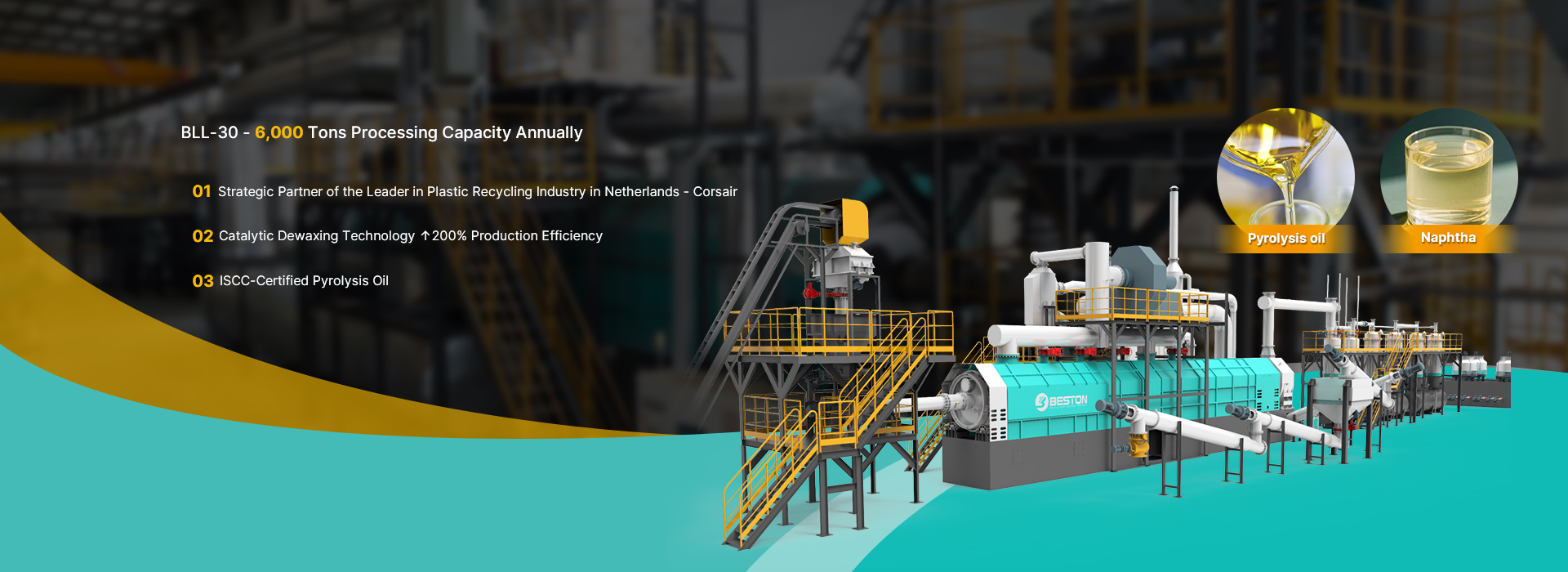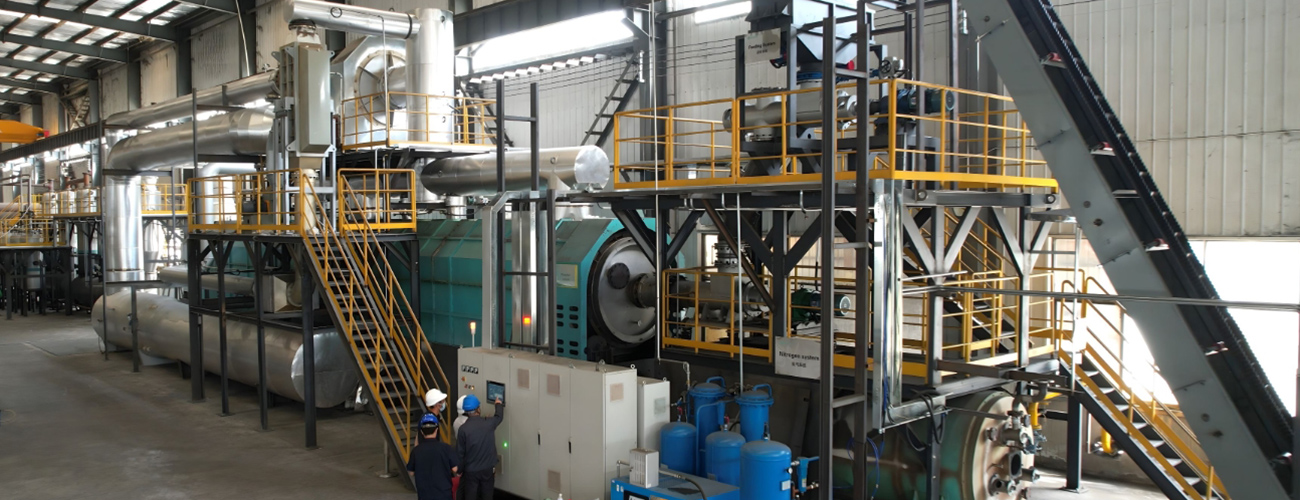Continuous Pyrolysis Belts: Enabling Large-Scale Plastic Recycling
The challenge of plastic waste has grown into a defining environmental issue of our time. Millions of tons of discarded packaging, films, and containers enter landfills and waterways each year, overwhelming conventional recycling systems. However, advances in thermal conversion technologies—specifically continuous pyrolysis—are transforming how the world approaches this problem. With the help of high-efficiency continuous belt systems, it is now possible to recycle massive quantities of plastic waste into valuable fuels and materials on an industrial scale.
The Promise of Continuous Pyrolysis Technology
Traditional batch processes in thermal recycling have been limited by downtime and inconsistent product quality. Continuous pyrolysis technology, on the other hand, allows uninterrupted feeding, heating, and discharging, ensuring stable output and higher throughput. The introduction of conveyor or screw-type belts inside reactors provides a steady material flow, reducing operator intervention and maximizing heat utilization.
This breakthrough has made it feasible to scale operations to handle hundreds of tons of plastic per day, a leap from the smaller pilot projects of the past. Systems like the fully continuous pyrolysis plant represent a new era of efficiency and automation, where precision controls and robust engineering enable long, maintenance-free operation cycles.

Turning Waste into Valuable Oil and Gas
The underlying principle of pyrolysis involves breaking down polymers through heat in an oxygen-free environment. The output is a set of useful products: synthetic oil, combustible gas, and solid carbon black. The recovered oil, when refined, can replace fossil-derived fuels, supporting a circular energy economy. The gas is often reused internally as a heating source, significantly improving energy balance and lowering operating costs.
Industrial operators leveraging modern plastic to oil machine setups can produce large volumes of fuel oil that can power industrial boilers, generators, or even vehicles after further treatment. This dual benefit—waste reduction and energy recovery—makes continuous pyrolysis systems an integral part of sustainable waste management strategies worldwide.
Why the Continuous Belt Design Matters
In the pyrolysis process, controlling heat distribution and residence time is critical to achieving high-quality outputs. The continuous belt design solves these engineering challenges by ensuring each piece of plastic is evenly heated as it moves through the reactor. This allows precise control of the temperature profile and vaporization rate, minimizing incomplete reactions and tar formation.
Furthermore, automation of material feeding and discharge minimizes manual labor and safety risks. Continuous systems can operate 24/7, requiring only short maintenance intervals. This feature is especially important for large-scale recyclers, municipal waste contractors, and integrated resource recovery parks that must process consistent waste streams.

Economic and Environmental Impact
Beyond technological improvements, the economics of pyrolysis are becoming increasingly favorable. Global oil prices, waste disposal fees, and carbon credit systems all influence the profitability of pyrolysis operations. When done efficiently, the sale of recovered oil, carbon black, and metal residues can provide multiple income streams.
Environmentally, the technology offers measurable benefits: reduced landfill dependence, lower greenhouse gas emissions compared to incineration, and the potential for carbon-neutral or even carbon-negative operation when renewable energy powers the process. Continuous plants with integrated gas recirculation systems can achieve remarkable energy efficiency, turning waste plastics from a liability into a valuable resource.
Industrial Scalability and Modular Design
One of the most attractive aspects of continuous pyrolysis systems is their scalability. Modular units can be combined to form large production lines, each module capable of independent operation. This approach allows investors to start small and expand gradually without interrupting existing operations.
Manufacturers such as beston group pyrolysis solutions offer a variety of models to match different capacities and feedstock types. Whether processing polyethylene, polypropylene, or mixed plastic waste, these systems can deliver consistent results while maintaining environmental compliance. Their design emphasizes automation, emission control, and user-friendly monitoring systems for real-time performance optimization.
Did you know? A single modern plastic pyrolysis plant can convert tens of thousands of tons of plastic waste into useful products each year, offsetting thousands of barrels of crude oil while preventing pollution.
Integration with Circular Economy Goals
Continuous pyrolysis fits seamlessly into circular economy frameworks. Instead of viewing plastics as disposable, the technology redefines them as renewable carbon sources. Industries can now close the loop by transforming post-consumer waste into feedstock for manufacturing or energy production. This shift encourages brand owners and municipalities to view plastic not as waste, but as a renewable raw material.
In addition, the data and traceability enabled by automated systems support transparency and certification programs, which are increasingly required for corporate sustainability reporting and ESG compliance. By demonstrating a measurable reduction in carbon intensity, operators can attract green financing and strategic partnerships with sustainability-focused investors.
Conclusion
The introduction of continuous plastic pyrolysis plant belts represents a milestone in plastic recycling technology. What was once limited to small-scale experiments is now a viable industrial solution capable of transforming global waste management. Through the synergy of automation, process control, and energy recovery, continuous pyrolysis makes it possible to recycle plastics profitably while protecting the planet.
As governments, corporations, and communities search for scalable recycling solutions, continuous pyrolysis stands out as both an environmental imperative and a commercial opportunity. By embracing innovation from leaders in the field, the world can move closer to closing the plastic loop—turning a persistent pollution problem into a sustainable energy and materials revolution.